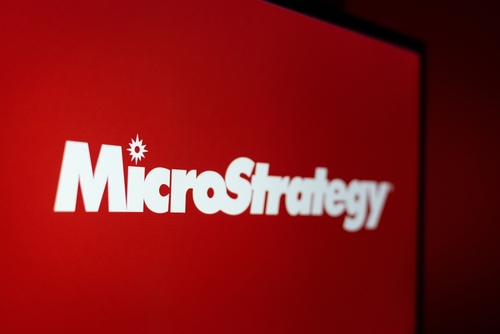Can Circle Escape the Sell-Off? Impressive Q2 Earnings Overshadowed by Losses and “New Shares” Anxiety

TradingKey - Circle (CRCL) released its first earnings report since its IPO just two months ago. Initial market reaction was positive, with shares surging 16% at the open on strong revenue growth and nearly doubled USDC circulation. However, concerns over wider losses, rising competition, and especially a surprise stock offering from a company that only recently went public soon took over investor sentiment, sending the stock lower in after-hours trading.
On Tuesday, August 12, Circle reported its Q2 2025 earnings:
- Revenue: $658 million, up 53% YoY, above the $647 million consensus
- Net loss: $482 million, wider than the expected $338 million loss and a sharp reversal from $33 million in net income a year ago
Circle attributed the increased net loss primarily to $424 million in IPO-related expenses. On an adjusted basis, EBITDA rose 52% YoY to $126 million, with a 50% margin, underscoring the company’s underlying profitability.
However, distribution costs surged 64% YoY to over $400 million, and RLDC (revenue less distribution costs) margin declined from 42% to 38%. While Circle continues to rely on its partnership with Coinbase, it is actively pursuing new strategic partners.
Still, the company provided a 2025 fiscal year RLDC margin guidance of only 36% to 38%.
Compass Point analysts noted that while the lower margin guidance may reflect conservatism, recent partnerships do not appear to have improved the margin outlook.
On a positive note, USDC circulation grew 90% QoQ to $61.3 billion, boosting Circle’s market share among fiat-backed stablecoins to 28%.
While the GENIUS Act supports USDC’s future expansion, investors are concerned that increased competition, particularly from traditional financial players like JPMorgan, could erode Circle’s first-mover advantage.
Although USDC’s growth was strong in Q2, USDT, the market leader, expanded at a similar pace. Circle CEO Jeremy Allaire reassured investors, projecting a 40% compound annual growth rate (CAGR) for USDC circulation over the coming years.
Overall, investors were initially satisfied with the report. Management addressed key concerns — including USDC’s growth potential, the interest-dependent business model, and distribution channel risks — which fueled the 16% pre-market and opening gain.
But the most “confusing” development was Circle’s sudden announcement of a stock offering — just two months after its IPO — which dragged the stock down, with shares falling as much as 6% in after-hours trading.
According to SEC filings, Circle plans to issue 10 million shares, including 2 million newly issued shares by the company and 8 million sold by existing shareholders.
Typically, early shareholders are subject to a six-month lock-up period post-IPO. However, insiders may sell earlier if the stock price rises significantly and there is strong demand. Circle insiders had originally agreed to wait until after the third-quarter earnings release or 180 days post-IPO before selling shares.







